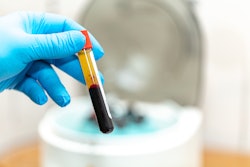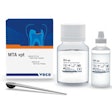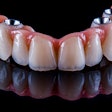This week, Dr. Doug Smail returns with another great and timely clinical tip to benefit many dental patients.
The CDOCS faculty member is here this week to discuss the benefits of platelet-rich fibrin (PRF) and how it can be used in the dental practice.
How do you create PRF? What's the difference between this and PRP (platelet-rich plasma)? Dr. Smail dives into that and more in the video below.
Video transcript
"Now it's hard to open a journal anymore without seeing some sort of article on PRF (platelet-rich fibrin). I mean, look at this from 2019 … over 3,000 articles on PRF. It's being used in a variety of different ways. It's being used in orthodontics, periodontics, implants and bone grafting, endodontics, pediatric dentistry, and, of course, my favorite, alopecia.
"PRP was the old version and it didn't work very well, so the new version is PRF. It's easier to prepare. It's got more platelets and more active factors that stay around longer, so you get a much better clinical result. So just make sure you're using PRF, not PRP.
"Now, how do you make PRF? First, you draw a couple tubes of blood. You spin it down in the centrifuge for 10 to 15 minutes, depending on the manufacturer brand that you're using. And then when you get done, you're going to see how the blood separates out. And it's in that middle sort of golden layer that the PRF clots are. And you go ahead and you take those clots out of that layer, and that's what you're going to use in the surgical procedure.
"Now you take those clots typically and you put them on a tray. You put that lid over the top, which compresses the clots. And what you get -- and you can see the clot on the left -- sort of gelatinous, is on the right, you get the nice thick membrane that you use in surgery."



















